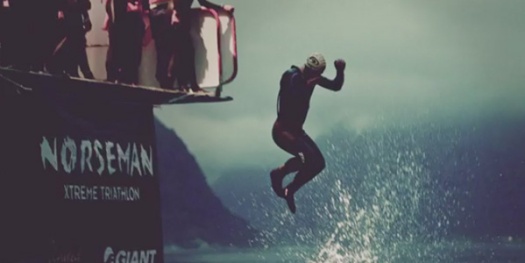The Fourth of July, 2009. I bounced through downtown Nashville on my mountain bike on my way to a friend’s annual pool party. I knew there would be tons of laughing and positive energy. My friend attracted that vibe.
As I pulled up his street, 10 emergency vehicles surrounded me. Police cars, unmarked vans, ambulances, sirens, and flashing lights. I picked up my pace in fear that something had happened at the pool.
By the time I got into the alley behind the condo complex, cops were rolling yellow crime tape and my mind was reeling. No one stopped me, so I slid between the gate and saw my friends standing around drinking beer as police scurried with indecision.
The action wasn’t at the pool, but across the alley at a duplex. It was Independence Day, the sun was shining, and Michael Jackson pumped from the speakers. We tried with all our might to celebrate, but an ominous scene lingered at arm’s length.
We didn’t know what happened, but my friend said it was Steve McNair’s condo. The party showed bursts of energy, but mostly the mood was sullen. A bizarre combination of freedom meets doom.
The cops wouldn’t say what was going on, but eventually one confided, “This will be national news.”
Our pool party was closed off by crime tape. No one was allowed to come or go for the next four hours and eventually word got out. The former quarterback for the Tennessee Titans, and arguably the most popular man in Nashville, Steve McNair, was shot and killed.
Each end of the alley was blocked, and soon populated by hundreds of somber fans and news crews. The party was officially over and, after four hours, I quietly hopped on my bike and peddled away in disbelief.
The guy throwing the party that day was Justin Levenson. He is truly one of the greatest guys I’ve ever known. Talented, caring, and always looking at life from the bright side. He welcomes everyone without judgement and you can stay as long as you’d like.
Every time I saw him I’d ask, “How’s it going, man?”
His response was always, “Life is good, bro.”
And he meant it.
One night I happened to be playing drums for a local media talent show at the famous Wildhorse Saloon and looked out to see Justin on the panel of judges. I told our “band” we were in good shape because my buddy would hook us up. But as it turned out our final score landed us outside of the top 3 in the contest.
I walked up to Justin, shook his hand while he smiled and told me, “Life is good.”
I said, “That’s fine, but what’s up with the judging, man? How come we didn’t place in the money?”
Without missing a beat Justin smiled and said, “Gotta keep it real, bro. You guys weren’t that tight.”
Justin is honest, too.
We laughed together and hung out for a while sharing old stories his compassion and great attitude astounding me once again.
I haven’t seen Justin in quite a while, but like most I keep up with friends on Facebook. A couple weeks ago I saw him post a link to his new blog. I was happy to see him writing, but then looked closer at the title, “It IS Brain Surgery.”
It was more than a little wake up call and I hesitantly clicked the link. I feared the worst, but should have known Justin would spin it into a positive. I read through his blog posts with pride and admiration. He unveiled that he has a large tumor in the the left frontal lobe of his brain, then followed it with this line, “This tumor has apparently been there for quite some time which may explain why my head is so damn big…haha…kidding! :)”
He has written several posts and they are laced with positivity. He is facing this challenge straight on and wants everyone to know he will be a better person in the end. He admits it’s challenging, but he will not let it bring him down. I feel so fortunate to have met such an incredibly passionate and optimistic person.
It really makes you think. Here’s a guy facing brain surgery with endless hope and optimism, but half the time I am deflated by something silly like a sore ankle. I definitely need to channel more of my inner Justin.
I stopped by his Facebook page and the outpouring of love is endless. An streaming and diverse list of friends thankful to know him spreading love up and down his page. Even though I haven’t seen him much lately his attitude and love of life has left an undeniable impression on my soul.
Justin is 35 years old and is having brain surgery today. I am sending all the positive energy I can muster in his direction. Justin never sweats the small stuff, and as it turns out, the big stuff, either. Here’s to ya, bro. Thanks for everything and I’ll see you soon.
UPDATE: Just over an hour after I posted, I noticed this awesome update from Justin’s dad on Facebook:


